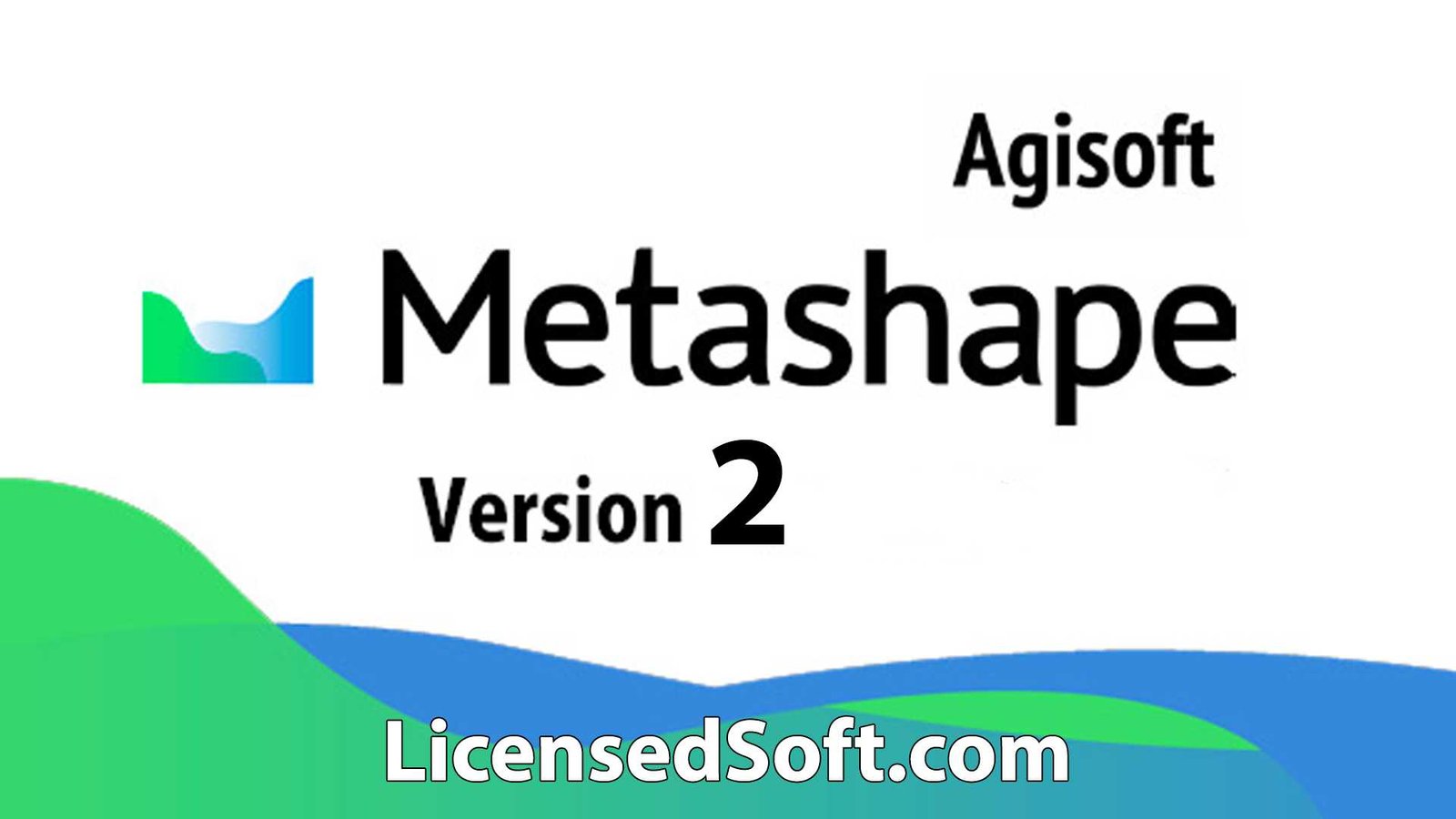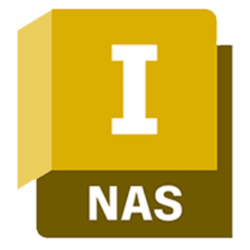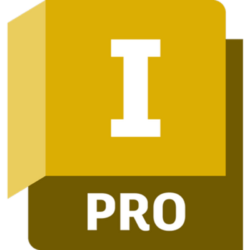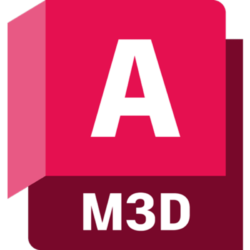Agisoft Metashape Pro is an easy-to-use 3D modeling software that can adjust the workflow according to many specific tasks and different types of data. In addition, digital images can be processed by photogrammetry and 3D spatial data can be generated. Friends who are interested should not miss it.
Both image alignment and 3D model reconstruction are fully automated. Most processing operations are performed automatically based on parameters set by the user. However, in some cases, additional measures may be required to achieve the desired results. In some capture scenarios, it may be necessary to mask certain areas of the photo to exclude them from calculations. The mask has a powerful role and rich options in the Metashape processing workflow, and the camera calibration function optimizes the function of camera alignment results and provides guidance for model references.
A reference model, whether a grid or a DEM, can serve as the basis for measurements. The area, volume, and profile measurement programs also include information for vegetation index calculations. Automation saves the chance of manual intervention in processing workflows where rebuilding a 3D model can take considerable time. Metashape allows exporting obtained results at any stage of the process and saving intermediate data in the form of project files.

Agisoft Metashape Pro 2023 New Features:
1. Phototriangulation
Processing various types of images: aerial (nadir, oblique)/close range.
Auto-calibration: frame (with fisheye)/spherical camera.
Support for multi-camera projects. You can also get ArcGIS Desktop 10.8 Version By LicensedSoft.
2. Point cloud editing and classification
Carry out careful model editing for accurate results.
Classify points, customize geometry reconstruction.
The classic point data processing workflow is more conducive to .LAS output.
3. DSM/DTM
digital surface and/or digital terrain model – depending on projection.
Georeferencing EXIF-based metadata or GPS/control point data from flight records.
EPSG record coordinate system support: WGS84, UTM, etc.
4. True Orthophoto
Georeferencing: GIS compatible GeoTIFF format; Google Earth .KML file.
Batch output of large projects.
Color correction for uniform texture
5. Three-dimensional measurement
Built-in tools can measure distance, area and volume
For more complex measurement analysis, PhotoScan can be smoothly exported to external tools because it supports various output formats
6. GCP control points: high-precision measurement
GCPs Control Results Accuracy Coded/non-coded target automatic detection facilitates fast input of control points No need for positioning equipment, use the scale tool to set the reference distance 6.
Secondary development
In addition to batch processing – a method that saves manual intervention, Python script customization options:
Several similar data sets form a parameter template;
intermediate processing result inspection; etc.
7. Multispectral image analysis
RGB/NIR/thermal/multispectral image processing.
Fast rebuilds based on better channels.
Multi-channel orthophoto output facilitates further normalized difference vegetation index calculation and analysis.
8. Fine texture
Various scenes: archaeological sites, cultural relics, buildings, interiors, people, etc.
Upload Verold and Sketchfab assets directly.
Textures: HDR and multiple files, super detailed visualization.
9. 4D Timing
Multi-camera station data processing to create projects in film art, game industry, etc.
3D models based on a large number of visual effects and time series.
10. Panoramic stitching
The captured data of 3D reconstruction comes from the same camera position – camera station, at least 2 camera stations are provided.
360° panoramic stitching for one camera station data
11. Distributed and GPU
Computing Distributed computing uses the combined power of multiple nodes in a computer network to process huge datasets in one project.



